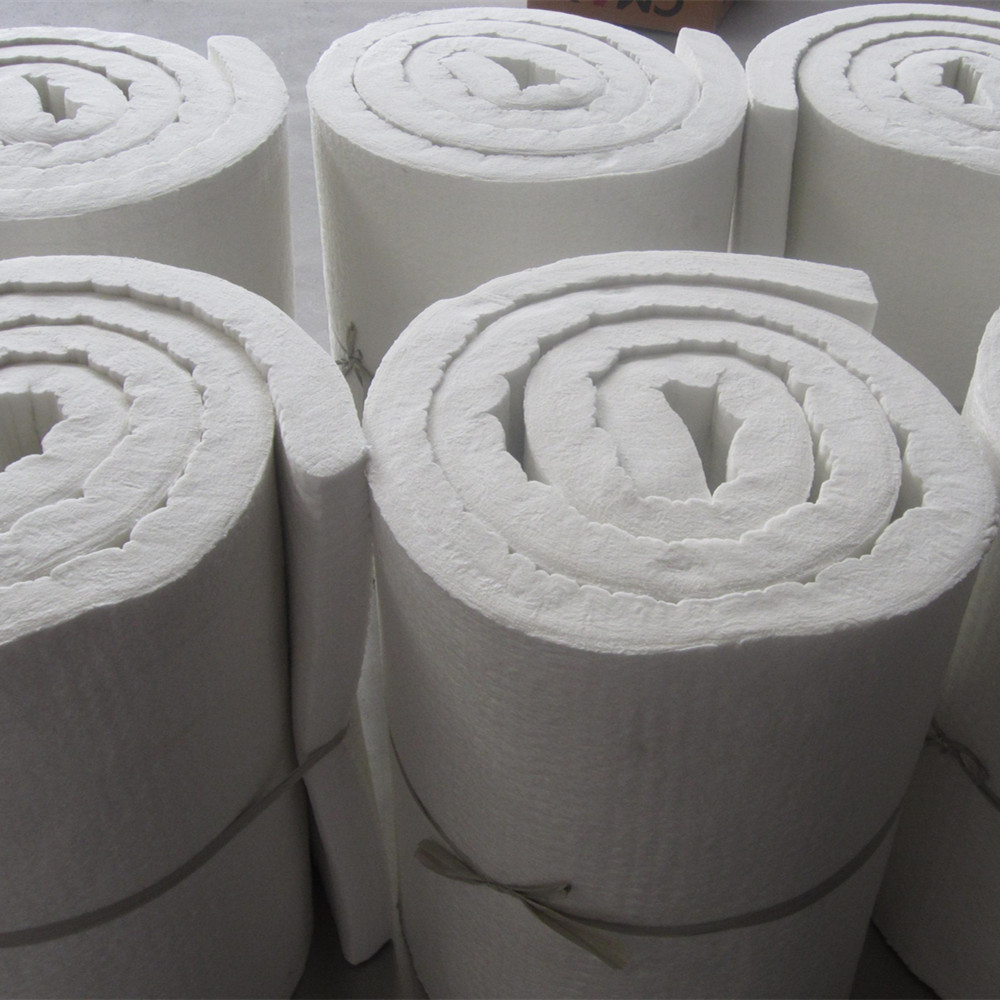¿Cuál es la diferencia entre diferentes empaquetaduras de silenciador?
Jan 02, 2025
Embalaje del silenciador se refiere al material utilizado para llenar el interior de un silenciador para reducir el ruido, absorber el calor y mejorar el flujo de escape. Los diferentes tipos de materiales de empaque de silenciador ofrecen diversos beneficios, según su composición y propósito. Aquí hay un desglose de los tipos comunes:
1. Embalaje de fibra de vidrio
-
Propósito: Se utiliza para absorber el sonido y reducir el ruido del sistema de escape.
-
Propiedades: Ligero, muy eficaz para reducir el ruido y retiene el calor. Se utiliza a menudo en silenciadores de alto rendimiento.
-
Ventajas: Fácil de trabajar, relativamente económico y proporciona un buen control del ruido.
-
Desventajas: Puede desgastarse o degradarse con el tiempo, especialmente en condiciones de mucho calor. Es posible que sea necesario reemplazarlo periódicamente.
2. Embalaje de fibra cerámica
-
Propósito: Ofrece mayor resistencia al calor que la fibra de vidrio y se usa a menudo en aplicaciones de alto rendimiento o alta temperatura.
-
Propiedades: Extremadamente resistente al calor y duradero, se utiliza a menudo en vehículos de carreras o todoterreno.
-
Ventajas: Excelente para soportar altas temperaturas sin romperse, más duradero que la fibra de vidrio.
-
Desventajas: Más cara que la fibra de vidrio. Las fibras pueden ser peligrosas si se inhalan, por lo que es necesario tomar precauciones en su manipulación.
3. Lana de acero inoxidable
-
Propósito: Se utiliza para amortiguar el sonido y al mismo tiempo proporcionar durabilidad y longevidad.
-
Propiedades: Es un material duradero que puede soportar altas temperaturas y no se degrada tan rápido como la fibra de vidrio o la cerámica.
-
Ventajas: Extremadamente duradero y resistente a altas temperaturas. No es tan propenso a perderse o degradarse con el tiempo.
-
Desventajas: No es tan eficaz para reducir el ruido como la fibra de vidrio o la cerámica. También puede provocar un tono de escape más áspero.
4. Lana de Roca o Lana Mineral
-
Propósito: A menudo se utiliza en silenciadores industriales y comerciales por su resistencia al calor y sus propiedades de absorción del sonido.
-
Propiedades: No combustible y eficaz para absorber el sonido y el calor.
-
Ventajas: Puede soportar temperaturas más altas que la fibra de vidrio y es duradera.
-
Desventajas: Más pesada que la fibra de vidrio y puede ser más cara.
5. Embalaje de fibra de carbono
-
Propósito: Un material de embalaje de silenciador especializado de alto rendimiento utilizado para vehículos que requieren alta resistencia al calor y durabilidad.
-
Propiedades: Ligero, fuerte y resistente a altas temperaturas y degradación química.
-
Ventajas: Ideal para vehículos de alto rendimiento debido a su solidez y resistencia al calor.
-
Desventajas: Muy caro en comparación con otros materiales de embalaje.
6. Poliéster o fibra sintética
-
Propósito: Se utiliza en algunas aplicaciones de silenciadores por su capacidad para absorber el sonido y soportar niveles de calor moderados.
-
Propiedades: Las fibras sintéticas son livianas y pueden proporcionar una atenuación del sonido adecuada.
-
Ventajas: Rentable y duradero.
-
Desventajas: Puede que no soporte altas temperaturas con tanta eficacia como la lana de cerámica o de acero inoxidable.
Resumen de diferencias:
-
Resistencia al calor: Las fibras cerámicas y la lana de acero inoxidable generalmente ofrecen la mayor resistencia al calor.
-
Reducción de ruido: la fibra de vidrio y la lana de roca suelen ser mejores para reducir el ruido.
-
Durabilidad: La lana de acero inoxidable y las fibras cerámicas tienden a ser las más duraderas.
-
Costo: La fibra de vidrio y las fibras sintéticas suelen ser las menos costosas.
-
Aplicaciones: La fibra de vidrio y la lana de roca son comunes en los vehículos de calle normales, mientras que la fibra cerámica y la lana de acero inoxidable se utilizan en vehículos de carreras o de alto rendimiento.
Elegir el empaque de silenciador adecuado depende de sus necesidades específicas, ya sea que esté buscando la máxima reducción de sonido, resistencia al calor o durabilidad.

